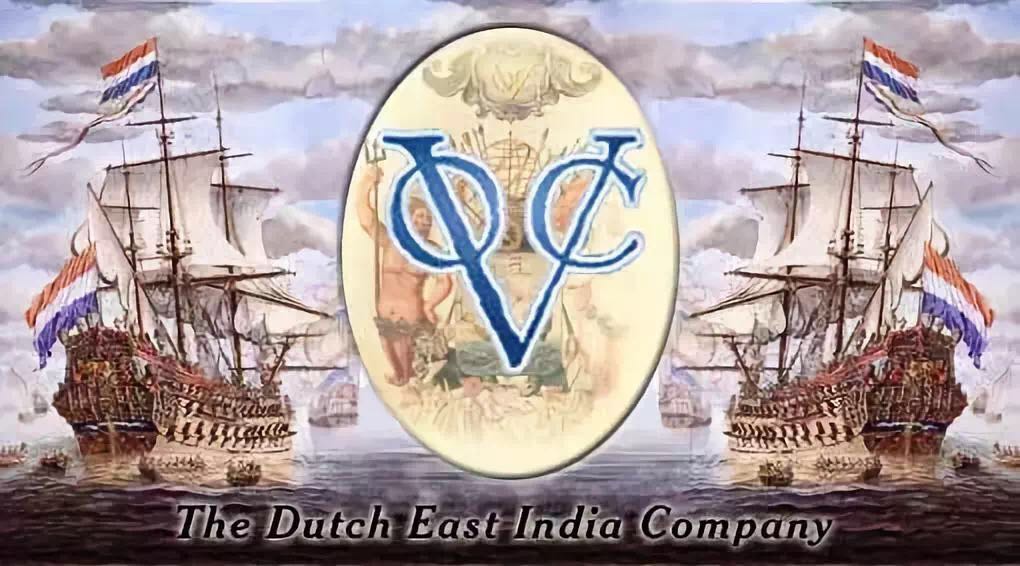Enterprises as an important active subject in our social and economic life have become the core backbone of our service in real life because of their own characteristics, for-profit organizations, the pursuit of value maximization and sustainable development. The birth of social for-profit enterprises in the early days (born in the modern European Netherlands and the global colonial tide), have taken the tasks of seeking for the wealth and improving the quality of life on a better organizational form for the country citizens of the early development countries, including the Netherlands, the United Kingdom and other modern countries.
Enterprises as an economy, a comprehensive economic activity engaged in daily value creation in economic and social life plays an important role in the satisfaction of people’s social life. In addition to self-effort, its own development needs more help of external leverage, where finance is one of the most common models.
The earliest company in the world was born in the Dutch exploration of overseas colonies, at that time, the funding needs of more expedition merchant ships. When the first merchant ship team was about to set out to explore the new colonies in North America, they raised funds to ordinary citizens, the Amsterdam mayor’s maid is also involved, they invested the money in this innovative practice of changing the world and the history, by becoming the shareholders of the East India Company, and they have gained more economic returns, also left a great reputation in history.

This kind of “inclusive finance”, which we see today, is similar to the “crowdfunding” type of equity investment, which has supported the global colonial wave of Western capitalist countries, set off a global geography and economic discovery, and brought the value-added track to the human society’s wealth resources.
When the Western countries’ conducted the global colonization which caused many criminal acts of killing and looting. At the same time, objectively, the advanced civilization achievements of the time have been brought to all corners of the world and promote the development of modern civilization in the world. And the direct investment from ordinary public investors has created economic results by the agents, is the most universal “direct financial” model.
And this model of the original starting point and more “inclusive finance” model were appeared. With time passing by, more company organizations have established, and they need more organization and fundraising tasks, the former technical conditions, information development level, the personnel organization model has been unable to adapt to the incremental fundraising needs of corporate organizations, thus the professional financial services institutions were born.
Various financial service organizations were born immediately and banks are the represented type in the financial intermediation business. From the very beginning, the investment bank that helped enterprises to raise funds for external financing was born, and then the savings bank (commercial bank) for the public was derived. They have led to the rapid rise and growth of modern financial services institutions, which in fact gave birth to the “indirect finance” model.
The system of the economy represented by this financial service enterprise has developed into a secondary financial market such as a stock exchange and has become a huge financial service system, and provides financial services for various types of economies in society.
With the birth of more enterprises, especially oligopolistic enterprises, the scale of the economic volume of a single enterprise has been the size of a country’s economy, such as the current market value of Apple. Exceeding many economies outside the national economy that have removed several head sizes, these economies have more demands for financial services, from simple financing needs, to the preservation and appreciation of funds, related credit authorizations, etc.
The demand for full financial services and the larger size of the volume, allows these large enterprises to have the “self-financing” ability, a company with the role of “internal bank”, which has led to the multiplication of the performance of more large enterprises, We can see from the surface, such as the strategic acquisition of some large enterprises in the capital market, for the venture capital of emerging enterprises, they own “factory company”, “small loan company”, “insurance company”, “business paper company”, etc. are the concrete manifestations of the “self-financing” function of large enterprises.
The reason why these large enterprises have the “self-financing” ability is their own economic volume has reached a certain scale and has stronger ability to resist risks. On the other hand, most of their own businesses have internal and external transparency, information transparency and the organization of the public economy after the open market IPO, so that it can obtain a credit basis through information transparency.
What is even more secret is that these large enterprises have strong internal IT technology support capabilities, have internal information and resource transfer efficiency, automation, intelligence, and can have strong risk control capabilities, and also allow these enterprises “self-financing” capability has the underlying technical support.

Nowadays, enterprises active in the economic society enjoy various types of financial services, which can be roughly divided into three categories: indirect financial systems led by commercial banks, direct financial systems dominated by investment banks, and “self-financing” system dominated by Internet finance. “Indirect finance, direct finance, and self-financing” have become the three basic forms of financial services and social economy.
In the seemingly comprehensive and healthy development of the financial service system, three types of financial services serve today’s core economies. However, some of the core active forces created by society, small and medium-sized enterprises are unable to be cost-effective and universal to enjoy these financial services for many reasons as each form of service has its own limitations.
Investment banking in direct finance, which also serves large-scale financial demand projects, high service costs make small businesses self-defeating, while some small VC funds invest in early-stage entrepreneurial projects are small-scale and lack sustainability.
Various commercial banks in indirect finance, due to their own profitability requirements, will choose economies with larger economies to provide larger-scale financial services to increase profitability and reduce risks. However, self-financing is only the patent of head enterprises of the core entities in the whole social and economic activities. The general enterprises do not have the conditions for implementing self-financing, the high internal business transformation system, the strong credit endorsement institutions, the low-cost business processes and the supply chain management information transparent settings, etc., all of these make SMEs’ self-financing become an unattainable dream.
However, with the advancement of Internet technology, it has been very helpful in technology upgrades to change internal business processes and improve the free flow of information, capital, logistics, etc. between enterprises and society, and it is low-cost and efficient. At the same time, scientific and technological progress has promoted the development of the financial industry itself, including financial innovation models such as crowdfunding, digital currency, P2P, consumer finance, etc., and has also made financial technology increasingly affect and change the current economic and social life.
Advances in technology and financial technology have led to low-cost and high-efficiency means, it makes financial services that were once unusable for universal use, including “self-financing” services, have the opportunity to be used universally, especially the birth of blockchain technology and financial empowerment economies have brought “Inclusive Technology” and “Inclusive Finance” to the dawn of reality.
The upgrade of financial technology comes from the consensus algorithm based on blockchain technology, decentralized distributed storage, and the token economic model, especially the upgrading of credit technology to financial technology, has brought new technology thinking and methods upgrading. Changing the possibility of traditional market problems, a truly inclusive financial reform, let technology and “financial credit” empower the economy and achieve the equal rights movement of science and technology and “financial credit”. The evolution and transformation of “Self-financing 2.0” will also be on the historical stage.
The future has sprouted and it has become history yesterday.
